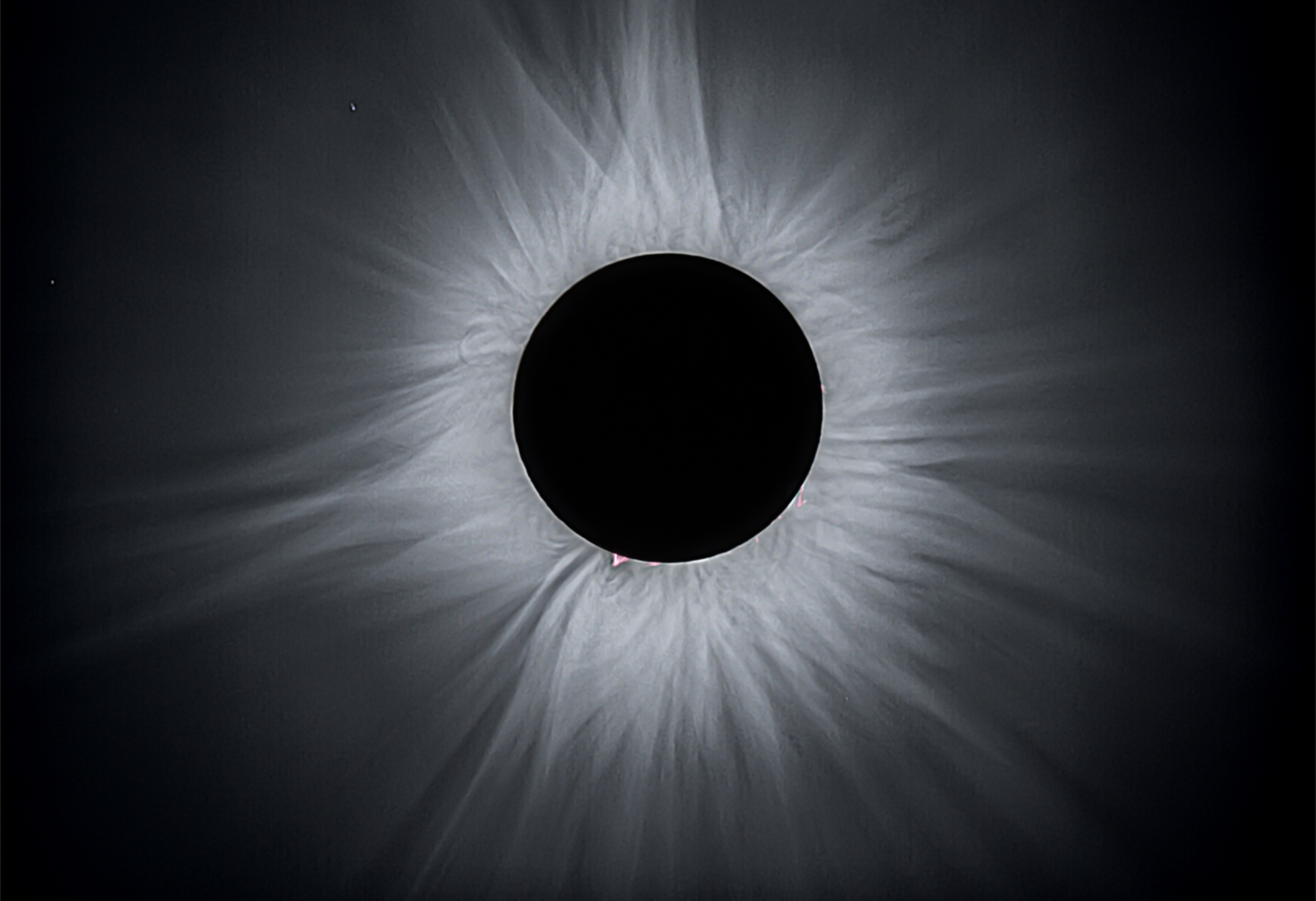1 min read
What happens when 500 dedicated volunteers band together to tackle a set of really complex data? Science gets done -- fast! A NASA-funded Zooniverse project called Solar Active Region Spotters recently reached the end of its data set, as the volunteers tore through over 850 sets of observations in just ten weeks.

"I was amazed by how quickly our volunteers learned how to interpret the highly-detailed observations and how quickly the categorizations piled up," said Dr. Emily Mason, the lead researcher on the project. "I just want to thank all of you for your amazing dedication and enthusiasm."
Each data set that the volunteers viewed contained a movie and three images showing large, magnetically-active regions on the Sun, fittingly called "active regions." The magnetic field measurements and images taken in ultraviolet wavelengths were from NASA's Solar Dynamics Observatory and were collected over a decade. Volunteers had to learn how to evaluate, interpret, and compare these images to make conclusions about how active regions age.
If you helped with this project—stay tuned! The science team is analyzing your input and will have more news for you soon.
NASA’s Citizen Science Program:
Learn about NASA citizen science projects
Follow on Twitter
Follow on Facebook







